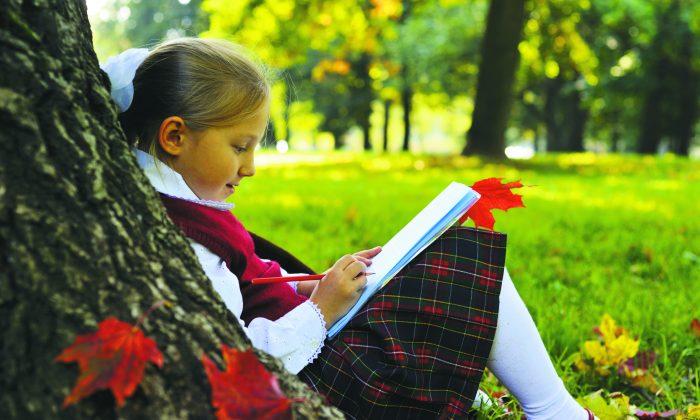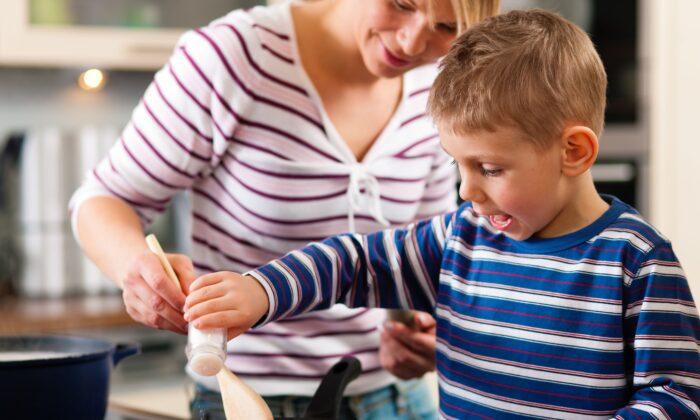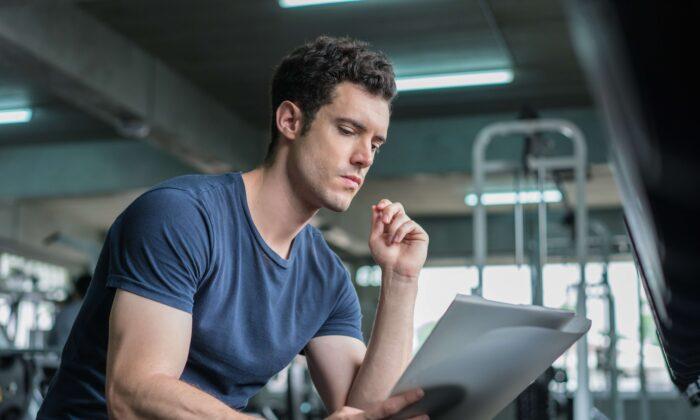It all happens so quickly. One minute you’re dropping the kids off at day camp and the next you’re sitting in an aisle of your local drugstore, staring at the shiny new binders, No. 2 pencils, and superhero-themed backpacks.
Whether it’s your child’s first day of kindergarten or your child is entering the sixth grade, it’s important for parents to consider the health implications that plague the school environment.
From school lunch to art supplies to industrial cleaning products, the place your child goes to learn is fraught with health hazards and toxic chemical exposures that could present harm during a crucial stage of development.
According to a recent report published by the nationwide Coalition for Healthier Schools titled “Towards Healthy Schools 2015,” “All school children should be considered at elevated risk of health and learning difficulties due solely to the unexamined risks in their school.”
What’s a concerned parent to do? For starters, parents can make safer choices that exercise their purchasing power and become active participants in advocating for change at the school level.
Here are a few simple things parents can do to create a healthy environment for children this back-to-school season:
1. Say No to Antibacterial Hand Sanitizers. Many of the cheap antibacterial hand sanitizers found at the supermarket—and highly marketed during back-to-school time at the checkout counter—contain triclosan, a chemical linked to hormone disruption and cancer.
Studies show that antibacterial products are no more effective than washing with soap and water, so skip them altogether. It’s also good to talk to the school faculty and request that they eliminate the use of conventional antibacterial products on school grounds for the same reason.
2. Raise Questions About Cleaning Products. Roughly 25 percent of the chemicals found in school cleaning products have been linked to cancer, asthma, rashes, and learning disabilities.
While awareness is growing around greener and safer alternatives, start the conversation by asking what cleaning products are used in the school or day-care setting. Regardless of the regulations or municipal laws that govern your child’s school district, parents can encourage the use of green cleaning products that are third-party certified as safe and healthy.
3. Encourage Safety During Art Time. Markers, felt pens, watercolor paints, and clays often contain and release heavy-duty environmental toxins such as phthalates, volatile organic compounds (VOCs), solvents, and artificial dyes.
Since art time is key to a child’s learning process, parents should talk to teachers this back-to-school season about taking extra precaution while art supplies are in use. These include putting away all foods and beverages, opening a window, requiring kids to wear a smock, and making sure they wash their hands before turning to the next lesson.
4. Join a School Lunch Committee. By joining a school lunch committee or group, parents can be a powerful force in school lunch reform. Start by joining your child for lunch so you can get well-acquainted with the current school lunch and snack options, cafeteria layout, restraints, and kitchen workers.
Work with other parents and school faculty members who care about healthy food alternatives to brainstorm innovative options such as salad bar grants, vending machines, and school garden programs.
If you lack the time to get more involved, educate yourself on packing healthier and safer school lunch options.
5. Purchase PVC-Free School Supplies. In a 2012 investigation, the Center for Health, Environment & Justice (CHEJ) found that 80 percent of kids’ back-to-school supplies contained phthalates—chemicals that have been banned in children’s toys for links to asthma, birth defects, and hormone disruption.
Polyvinyl chloride (PVC) is a major source of phthalates. Purchase PVC-free school supplies made of safer materials to protect your little one’s health. Visit chej.org to download the Back-to-School Guide to PVC-Free School Supplies.
6. Promote Healthy Air Circulation. Because toxic chemicals become concentrated in closed environments like classrooms, ask teachers to open a window. It’s the simplest and most affordable action the faculty can take to create a safer, healthier classroom.
If done on a regular basis, opening a window for even five minutes a day can help improve poor air quality due to the common use of industrial cleaners, air fresheners, and combustion devices.
Carly Harrill is a writer, healthy lifestyle advocate, and consultant. This article was originally published at naturallysavvy.com.






Friends Read Free